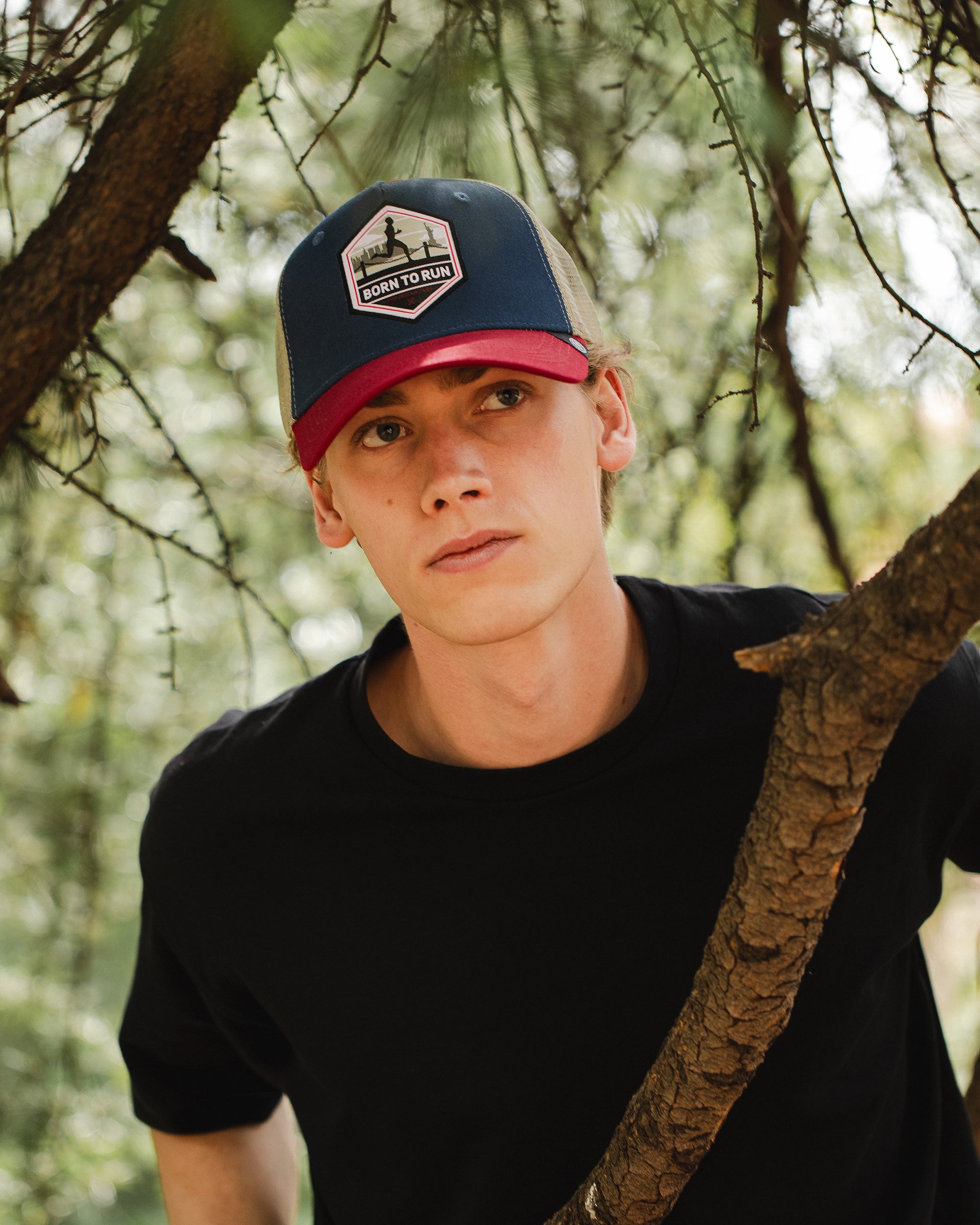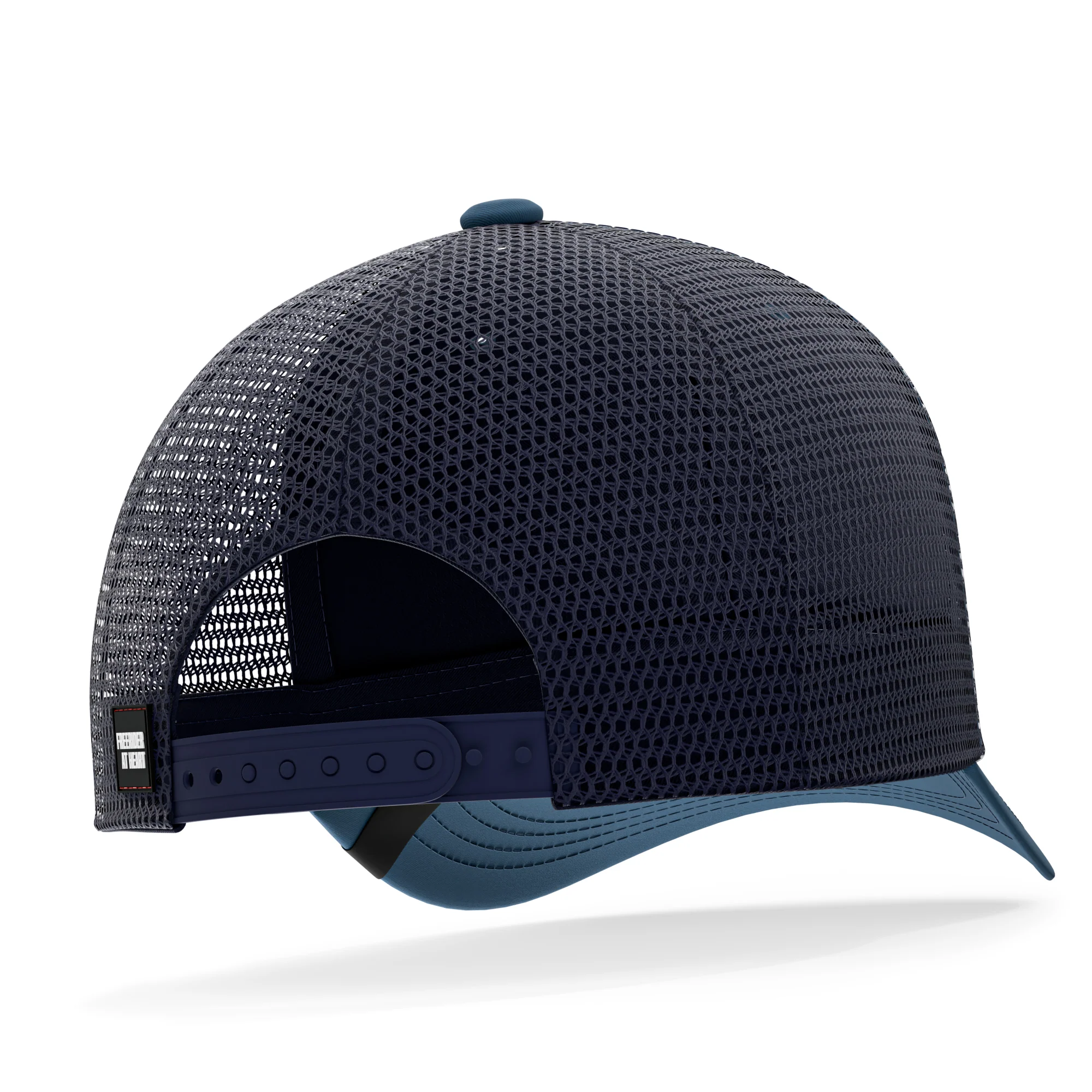Now that the good weather is finally here, it is the ideal time to make a getaway and visit some of the wonderful natural landscapes that we have in Spain. We have countless corners that will leave you speechless, from wild beaches, waterfalls, mountains... If there is a place that stands out for its nature, its fauna and flora and its landscapes that seem to be taken from a story, it is undoubtedly Asturias. Today we want you to discover with us the Lakes of Covadonga, a natural jewel located in the Picos de Europa National Park. We tell you 10 amazing things about this enclave, write them down for your next adventure!
1. DO YOU KNOW HOW MANY LAKES THERE ARE?
How many lakes do you think make up Covadonga? Two? Well no, you're wrong. Contrary to what people believe, there are really three lakes of glacial origin: Lake Enol, Lake Ercina and Lake Bricial, smaller than the previous ones and therefore less known. The first of the three, Lake Enol, is located at an altitude of 1,070 meters and the depth of its waters is close to 23 meters. The water is frozen, because it comes from the ancestral ice of many years ago. Lake Ercina is located a few meters above, at an altitude of 1,108 meters. Its size is smaller than that of Enol and its shores are full of aquatic vegetation, which serves as food for the birds that inhabit the area. Lastly, Lake Bricial is the third and smallest. It can only be observed with water in times of heavy rainfall or during the thaw, as it is temporary.

2. THE LEGEND TELLS…
Do you know the historical legend about Lake Enol? Every beautiful place has its own legend, and the Lakes of Covadonga were not going to be less. Legend has it that many, many years ago, on a stormy night, there was a very beautiful young woman who wandered around scared and lost. Disoriented, she went cabin by cabin looking for a shepherd to give her shelter in what is now Lake Enol. But the poor thing, every time they opened the door and saw her in such conditions, they laughed at her and made fun of seeing how afraid she was of a simple storm. It did not stop raining, and the girl reached the last and highest cabin, on top of the Los Acebos meadow, the humblest of all. Luckily, the family that lived there offered to let her in and they reassured her. The young woman spoke a few words: "Gather up your cattle and put them in a higher place, because tomorrow a lake will form all over this plain." The family listened to him and, the next day, they found that the entire fertile plain was covered in water, and all the houses had been flooded except theirs. And that is how this beautiful lake was formed. It is said that said young woman was the Virgin of Covadonga. An image of this virgin is submerged in the depths of the lake and every September 8 it is taken out to walk in the procession.

3. THE PARADISE OF CYCLISTS
The Lakes of Covadonga are the paradise lost for all lovers of mountains and bicycles. They are located at an altitude of 14 km and there are almost 1.000 meters of accumulated unevenness. The climb begins in Covadonga, right at the sign itself. After passing next to the Mirador de los Canónigos and the Basilica of Covadonga; the Mirador de la Reina, with slopes of 13% and 14%; you will be only 3 km from Lake Enol and 4 km from Lake Ercina. It is not an easy route at all, it requires experience and effort, but like everything in life, when you reach the top the feeling will be unbeatable.
4. FAUNA AND FLORA
The Lakes of Covadonga are an enclave very rich in fauna and flora, especially fauna. You will be amazed observing the various species that inhabit here. The most frequent animals in these lakes are of course cows, although birds also abound, specifically bearded vultures, golden eagles and griffon vultures. In addition, there are a number of birds that travel from Africa to breed in this environment, such as the stonechat, the gray wheatear or the rock thrush.

Regarding the flora, in addition to beautiful green gardens, due to the frequent rainfall there are very leafy spaces, such as beech forests, oak groves and valleys.
5. THE HOLY CAVE: PURE MAGIC AND SPIRITUALITY
Also known as the “Cova Dominica” or the “Cueva de la Señora”, it is a mandatory stop if you visit Covadonga. It is a place of worship to which thousands of pilgrims come every year, and it is that just seeing it already radiates magic. It was Alfonso I who requested the construction of this first chapel, dedicated to the Virgin Mary. In the chapel is the Santina, a temple for Asturian Christians. Admission is of course free.

6. THE BASILICA OF COVADONGA
For more than a century, the Basilica Santa María la Real in Covadonga has been a spiritual icon. This basilica is built on the Cueto hill, in front of Mount Auseva. Its special Neo-Romanesque style design is due to the German explorer and archaeologist Roberto Frassinelli.

7. LEGENDARY STAGE IN THE TOUR OF SPAIN
Since 1983, Los Lagos de Covadonga has been the setting for the final stages of La Vuelta a España, a stage cycling championship that forms one of the three Grand Tours of the UCI World Tour. The arrival at Santina is a legendary stage in this race and the race is held between the last week of August and the first week of September.

8. SPORTS OUTDOORS
The Lakes of Covadonga are not only the preferred destination for lovers of cycling. The beauty of this environment, its crystalline waters and the peace that is breathed make it the dream place for fans of hiking. There are many routes in the area that you will enjoy as a child. The most famous in Covadonga and in the entire region is the Cares route, 24 km long. This route is not circular, it can start in Poncebos (Asturias) or in Caín (León). If you start in Poncebos, the first section has a 2km slope. The climb is not demanding, but you have to be careful as the rocks are slippery. In addition, it is also a perfect landscape for canyoning, climbing or horseback riding. If you like water sports, don't hesitate: go down the descent of the Sella in kayak!

9. MINING HISTORY: THE BUFERRERA MINES
Although now it seems distant, mining was a very present activity in the Lakes of Covadonga. For 130 years, the Buferrera Mines were a source of manganese, mercury, cinnabar or iron. More than 500 miners could be seen working on its extraction. This activity began in 1879 and continued until 1979, when, after several conflicts, all mining activities were eliminated.
10. VIEWPOINTS AND ROYALTY
In the Picos de Europa Natural Park there are four viewpoints with real history, all in the council of Cangas de Onís. In homage to King Alfonso XIII we have the “mirador del Rey”, located at the end of the Vega de Enol track. There is another viewpoint, this one dedicated to his wife, Victoria Eugenia, which is called the “ Queen's viewpoint ”. This is located at an altitude of 910 meters, on the road between the Lakes and the Sanctuary of Covadonga. The third is the “Príncipe viewpoint”, next to the Buferrera area, built as a tribute to the first son of Alfonso de Borbón. The last and most recent viewpoint is the "Princess viewpoint", dedicated to Princess Leonor, and from which you can see the entire Lake Enol.

Now that you know everything about the Lakes of Covadonga, take advantage of this time of year to pack a suitcase and travel with your loved ones. The landscape, its beauty, its people and its history will fascinate you. You will fall in love and want to return.
QUESTIONS AND ANSWERS
- WHAT ARE THE LAKES OF COVADONGA CALLED?
There are three lakes in Covadonga: Lake Enol, Lake Ercina and Lago Bricial, smaller than the previous ones and therefore less known .
- WHAT IS THE LEGEND ABOUT LAKE ENOL?
Legend has it that, on a stormy night, a young woman who was disoriented went looking for a cabin to take refuge in, but all the families made fun of her and denied her entry. Only one family welcomed her. The next morning, every house in the area was flooded, all except this last family. This is how Lake Enol was born, and this young woman would be the Virgin of Covadonga.
- WHAT ANIMALS ARE THERE IN THE LAKES OF COVADONGA?
The most common animals in the lakes of Covadonga are cows, of course, although birds also abound, specifically bearded vultures, golden eagles and griffon vultures . In addition, there are a number of birds that travel from Africa to breed in this environment, such as the stonechat, the gray wheatear or the rock thrush.
- WHAT SPORTS CAN I DO IN THE LAKES OF COVADONGA?
The Lakes of Covadonga offer the perfect conditions for cycling, hiking, climbing, canyoning and even horseback riding. If you like water sports, dare to go down the Sella river in a kayak!
- WHAT ALTITUDE ARE THE LAKES OF COVADONGA?
The Lakes of Covadonga are 1.134 meters high.
- WHICH ROUTE TO DO IN THE LAKES OF COVADONGA?
The most famous route in the Covadonga lakes is the route of Cares. There are 24 km and you can start in Poncebos (Asturias) or in Caín (León). The climb is not too demanding, but you have to be careful as the rocks are slippery.
- WHAT TO SEE IN THE LAKES OF COVADONGA?
In the Lakes of Covadonga there are many attractions that will fascinate you: the crystal clear waters of its lakes, the fauna and flora, the Holy Cave, the Basilica of Covadonga...
- WHEN IS THE TOUR OF SPAIN THROUGH THE LAKES OF COVADONGA?
For almost 40 years, one of the last stages of La Vuelta a España has taken place in Covadonga. It is usually held between the last week of August and the beginning of September.


















































